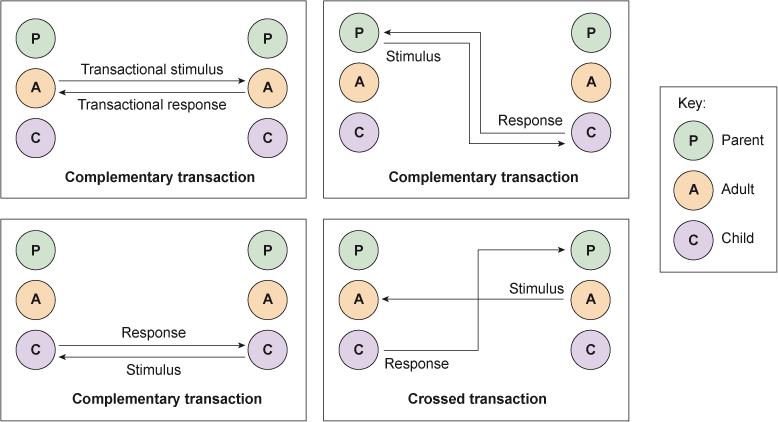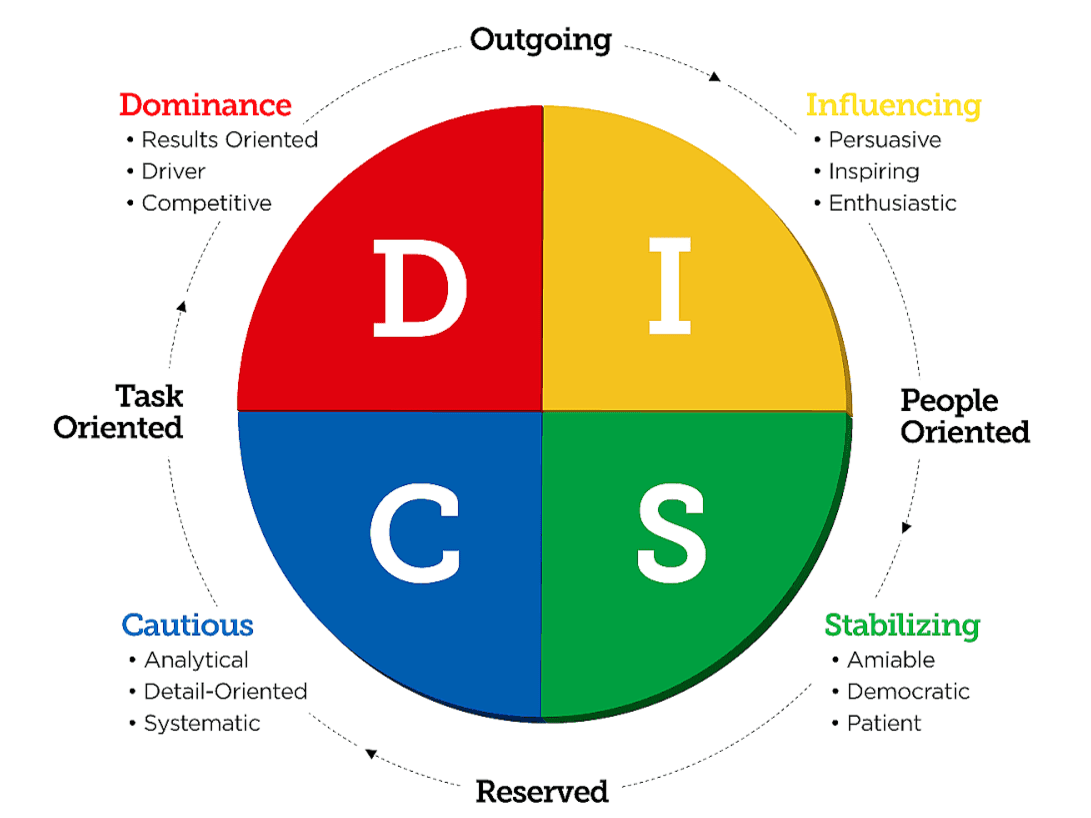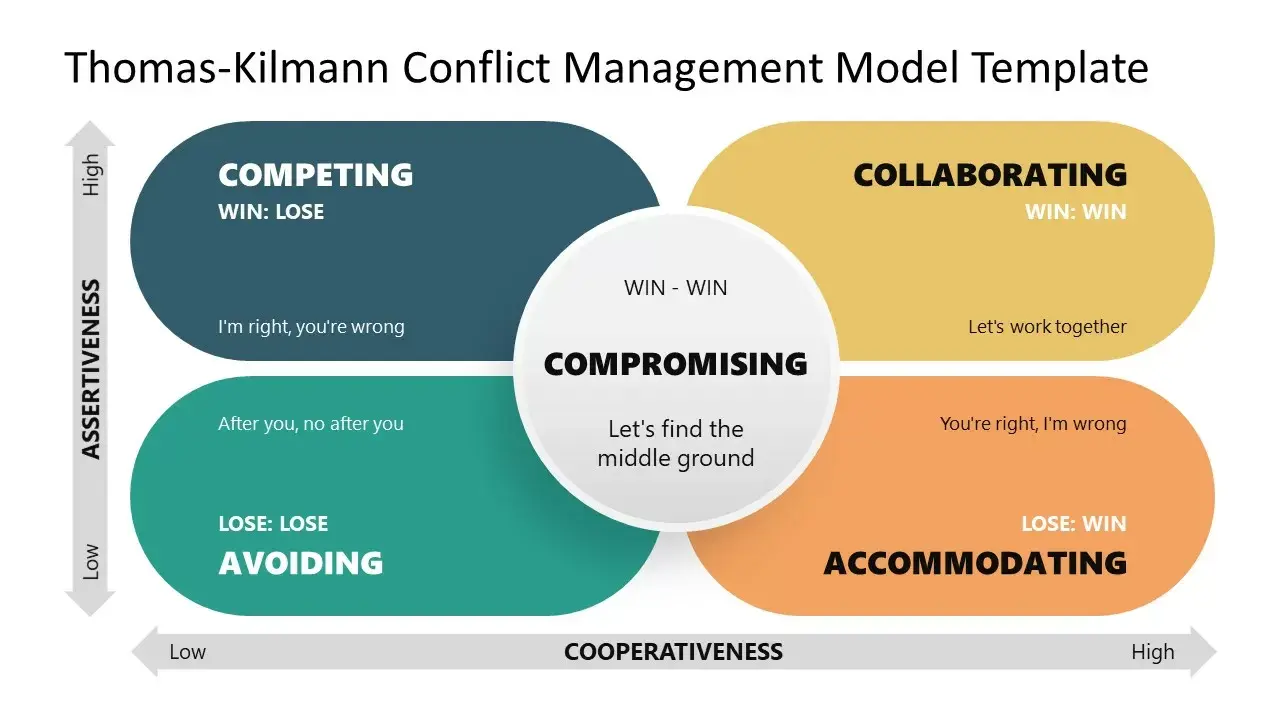TB871: Conceptualising myself through metaphor
Note: this is a post reflecting on one of the modules of my MSc in Systems Thinking in Practice. You can see all of the related posts in this category.

I’m a big fan of metaphors. I find them useful in all sorts of situation; they can be extremely generative and motivational (when they’re not dead).
Activity P4.24 (The Open University, 2020) is an interesting one:
Ask yourself ‘When I am at my best, I am like what?’, and launch out into your own choice of metaphor. […]
- What aspects of yourself are captured in the metaphor?
- What are the advantages and disadvantages of being your choice of metaphor? What can it do? What can’t it do?
- What aspects of the ‘metaphorical you’ do other people see? What is helpful about that? What could be different?
- Seeing your life from the point of view of your metaphor, are there any changes you might like to make?
A flowing river
I had a bit of a think about this, and decided that, when I am at my best, I feel like a flowing river. A river is constantly moving, never static, which aligns with my tendency to keep going from one thing to the next, preventing me from ruminating and overthinking various aspects of life.
Rivers are adaptable and resilient. They can be calm and meandering or fierce and turbulent, reflecting the different states of my thoughts and emotions. I tend to cite the famous saying by Heraclitus about not being able to step into the same river twice quite a lot, which I think helps demonstrate both the ever-changing nature of river — and my own experiences and perceptions.
There are advantages and disadvantages to this metaphor:
Advantages of the metaphor
The river’s ability to navigate around obstacles mirrors my capacity to adjust to new situations and overcome challenges. This kind of adaptability allows me to be resilient, finding new paths when necessary and continuously moving forward. The constant movement of a river signifies growth and progress, which aligns with my drive for personal development. As Taylor and other characters would say on the TV show Billions “forward momentum, always.”
Disadvantages of the metaphor
However, this continuous movement can also be a disadvantage. I can find turbulent times overwhelming, much like a river during a storm or flood. Continuous rumination, which we might liken to stagnant pools or the river’s erosion, can lead to mental fatigue. Additionally, a river that disperses widely might lose its strength, similar to how I sometimes feel when taking on too much at once.
Aspects of the metaphorical me seen by others
I think that others see my energy and enthusiasm, notice that I tend to come up with a lot of new ideas, appreciate that I can deal with ambiguity, and can handle diverse situations. My adaptability is evident to those around me, and people observe both my moments of clarity and times of deep rumination. I’d hope that my resilience (which I have to work on continuously!) helps to inspire others to embrace change and persist through challenges.
Being visible, in my work, on this blog, and elsewhere, while often positive, can have its downsides. My intensity and constant motion can sometimes overwhelm others or make me appear unpredictable.
Life from the point of view of the metaphor
Viewing my life through the lens of a flowing river, I see several changes I might like to make. I need to reduce my overall levels of stress, which from a metaphorical point of view would be the ‘rapids’ of my life. Perhaps some kind of meditation practice could help with this, although to be quite honest the idea of sitting with my thoughts for any length of time terrifies me.
Rivers tend to follow the path of least resistance which, while meaning that there is always forward momentum, isn’t very strategic. Defining clear goals might help channel my energy more effectively, ensuring my efforts lead to tangible outcomes.
One thing that I definitely do already do is to prioritise self-care to ensure my mental and physical wellbeing. Preventing the negative effects of constant change is something I’ve had to learn through experience. So, for example, while I’m always moving onto the next thing intellectually, my home environment is usually very ordered and unchanging (when we’re not moving house!) and I’m pretty fastidious about my three pillars of productivity (sleep, exercise, nutrition).
Conclusion
By embracing the metaphor of a flowing river, I can gain a deeper appreciation of my strengths and challenges. This metaphor provides a framework for understanding my forward-thinking nature and the importance of balance and direction in personal growth and my interactions with others. This has actually been a useful activity. I think I might use the river metaphor a bit more when thinking, planning, and discussing plans with others!
References
- The Open University (2020) ‘P4.4.1 ΓΝΩΘΙ ΣΕΑΥΤΟΝ: know thyself’, TB871 Block 2 People stream [Online]. Available at https://learn2.open.ac.uk/mod/oucontent/view.php?id=2261494§ion=5.1 (Accessed 27 June 2024).
Image: Timon Studler



